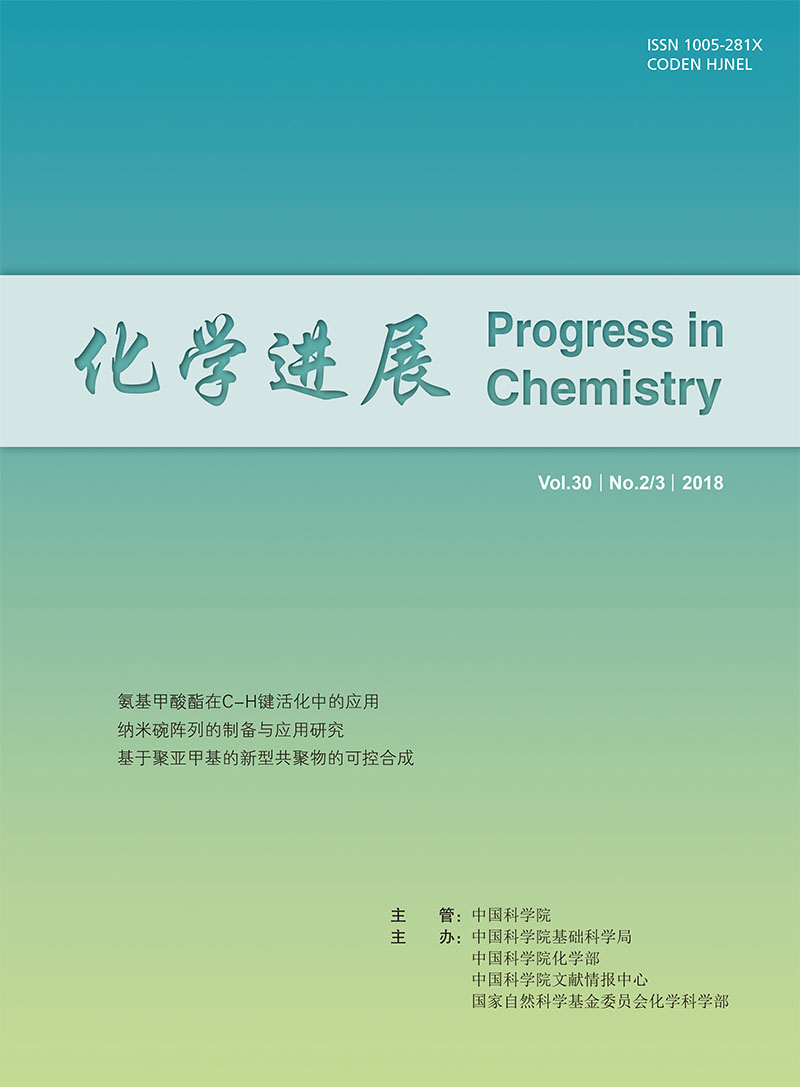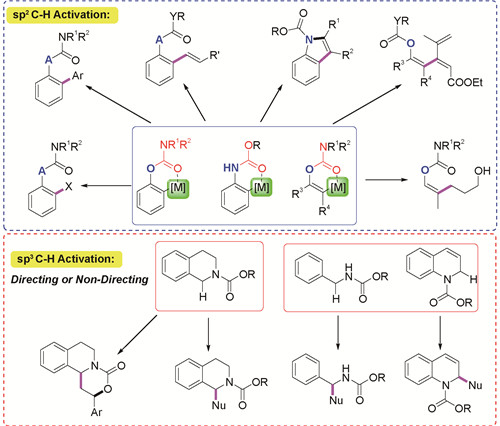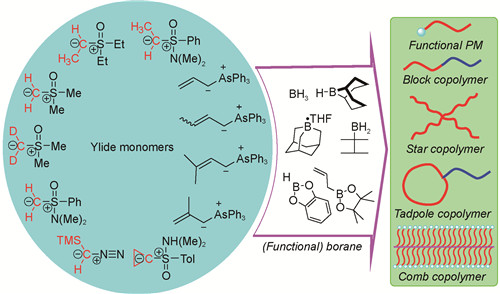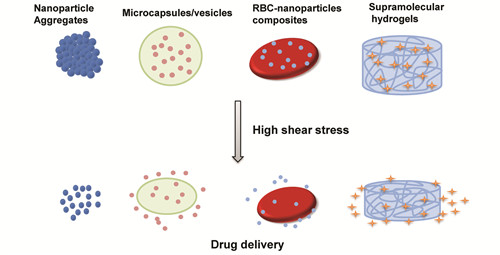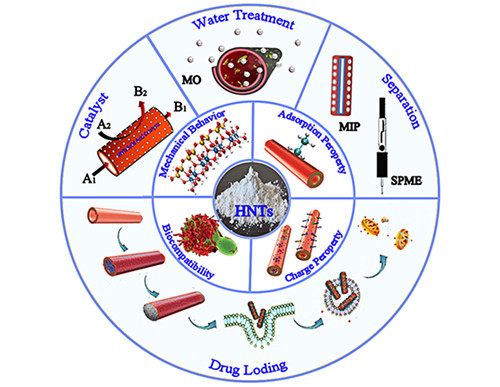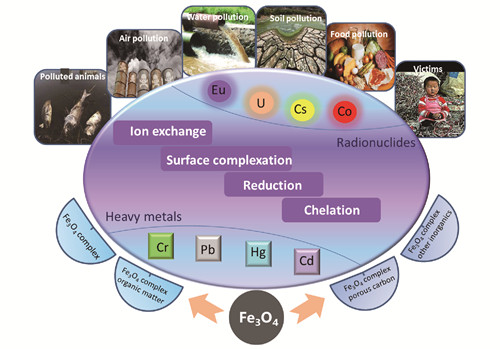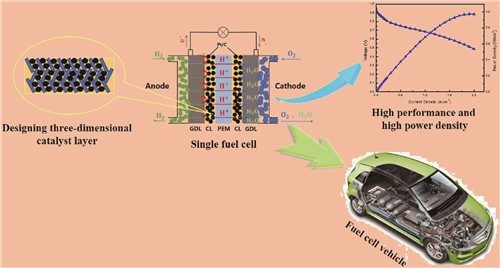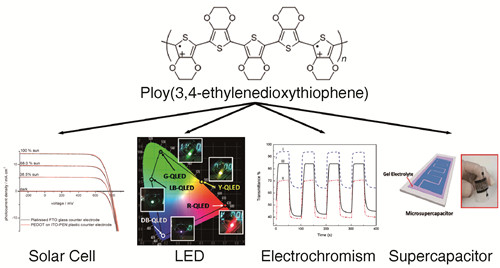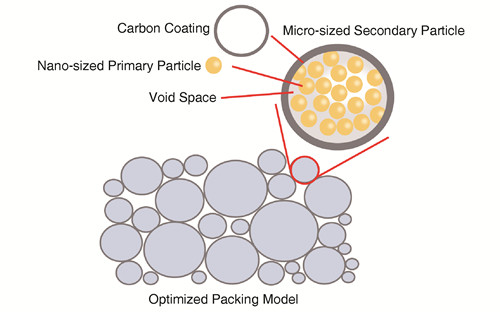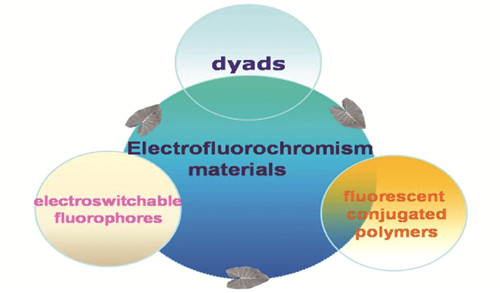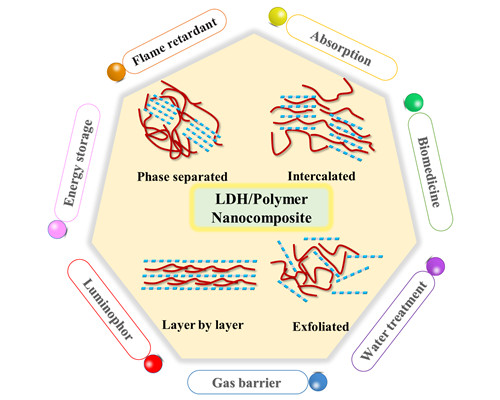Yunchao Feng, Miao Zuo, Xianhai Zeng*, Yong Sun, Xing Tang, Lu Lin*. Preparation of 5-Hydroxymethylfurfural from Glucose[J]. Progress in Chemistry, 2018, 30(2/3): 314-324.
Abstract
Biomass derived 5-hydroxymethylfurfural(HMF) has emerged as an important and versatile platform compound containing furan, hydroxymethyl and aldehyde groups to realize the goal for production of several high value added products, such as levulinic acid, 2,5-dimethylfuran, 2,5-furan dicarboxylic acid, 2,5-furan dimethanol, γ-valerolalactone, 5-aminolevulinic acid, which could be served as biofuels, fuel additives, bulk polymer monomers, chemicals and pharmaceuticals. Moreover, glucose is a bulk six-carbon monosaccharide from cellulose by hydrolyzation, and the preparation of HMF from glucose is one of the most effective and promising routes to maximize the utilization of sustainable biomass resources. In this review, focus is primarily put on the recent advances of systematically characterization on catalysts of HMF production from glucose for its activity, stability and application prospect. Then, the various solvent systems used in HMF production in recent years, such as single-phase solvents, biphasic solvents, ionic liquids and deep eutectic solvents, are reviewed and discussed. Finally, the future research directions such as an innovative catalyst, deep eutectic sol-vents are proposed, which might be helpful for researchers.
Contents
1 Introduction
2 Catalysts
2.1 Homogeneous catalysts
2.2 Heterogeneous catalysts
3 Reaction solvents
3.1 Single-phase solvents
3.2 Biphasic solvents
3.3 Ionic liquids
3.4 Deep eutectic solvents
4 Conclusion




